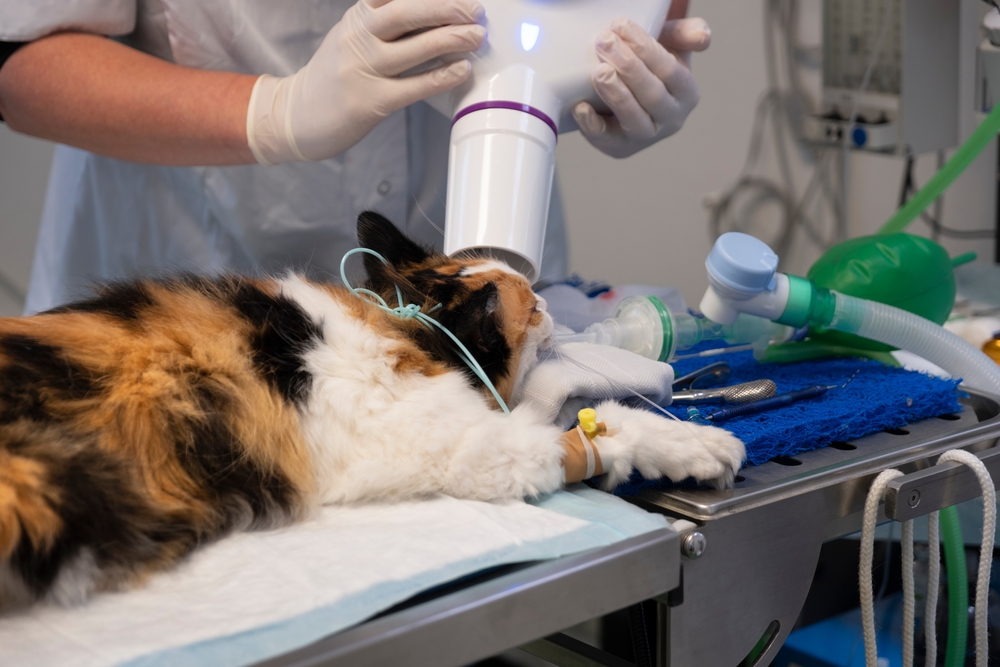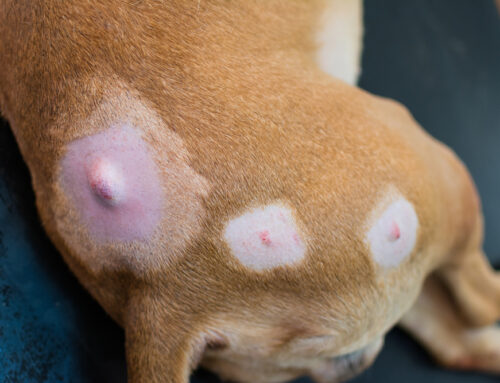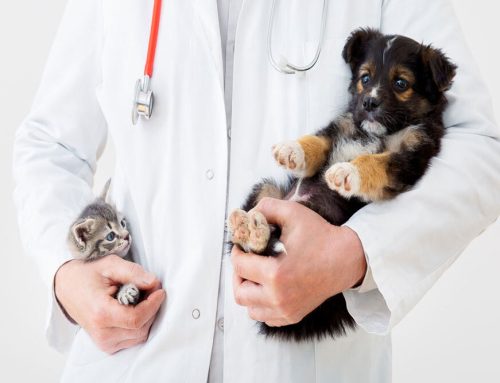You can learn a lot from a pet’s smile—but not everything. At Providence Vet in Virginia Beach, we often find that the most serious dental issues are the ones you can’t see. That’s where dental X-rays come in. They’re one of the most powerful tools we have for catching hidden problems early and protecting your pet’s health from the inside out.
Let’s take a closer look at what they reveal—and why they matter.
Why Dental X-Rays Matter More Than You Might Think
Most dental issues in pets start below the surface, where the eye can’t see. Even if your pet’s teeth look clean during a visual exam, X-rays allow us to detect early-stage problems like bone loss, root infections, hidden fractures, or even tumors. These issues often go unnoticed until they cause pain, infection, or systemic illness—making early detection not only helpful, but essential.
For example, dental X-rays can uncover periodontal disease before it leads to tooth loss, spot root abscesses before they spread infection, and reveal tiny fractures that don’t show up externally. And in some cases, oral tumors may be present even before you notice a lump. The more we know upfront, the more options we have to treat the problem while it’s still manageable. Learn more about conditions like fractured teeth, retained teeth, and oral tumors from trusted veterinary sources.
What to Expect During the Procedure
We know “dental X-rays under anesthesia” might sound like a lot—but we promise it’s a routine and safe part of comprehensive dental care. Because pets won’t stay still enough for clear imaging, anesthesia is necessary for accuracy and comfort. Before any procedure, we run pre-anesthetic bloodwork to check for any concerns, and we monitor your pet closely throughout.
Our modern equipment minimizes radiation exposure, and the imaging process itself is quick. You can read more about how anesthesia is used in veterinary dentistry here.
Knowing When It’s Time
Your pet can’t tell you when something hurts—but they often show it in subtle ways. Bad breath, reluctance to eat, pawing at the mouth, or even changes in mood can all be signs of dental discomfort. More advanced symptoms, like bleeding gums or facial swelling, suggest the issue may have progressed. If you’re seeing any of these signs, or if it’s been a while since your pet’s last dental evaluation, it may be time to schedule a checkup. Learn more about the importance of oral health in this AAHA resource.
After the X-Ray: What Comes Next
Treatment depends on what we find. In some cases, a thorough cleaning is all that’s needed. In others, we may recommend extractions, root canal therapy, or oral surgery to remove infected or damaged tissue. No matter the treatment plan, we’ll walk you through the options and ensure your pet’s comfort and safety are our top priorities—every step of the way.
Supporting Dental Health at Home
Dental care doesn’t stop when you leave our clinic. Regular brushing, dental chews, and veterinary-recommended diets can make a big difference in keeping your pet’s teeth and gums healthy. If you’re not sure where to start, we recommend visiting the Veterinary Oral Health Council (VOHC) for a list of trusted products that support at-home care.

We’re Here When You Need Us
At Providence Vet, we know how much you care about your pet—because we care just as much. Dental X-rays are one of the most proactive steps you can take to safeguard their comfort, wellbeing, and longevity. If you have questions about the process or want to schedule a dental exam, reach out to us here, or get to know our team before your visit.
Your pet deserves a happy, pain-free life—and we’re honored to be your partners in making that possible.






Leave A Comment